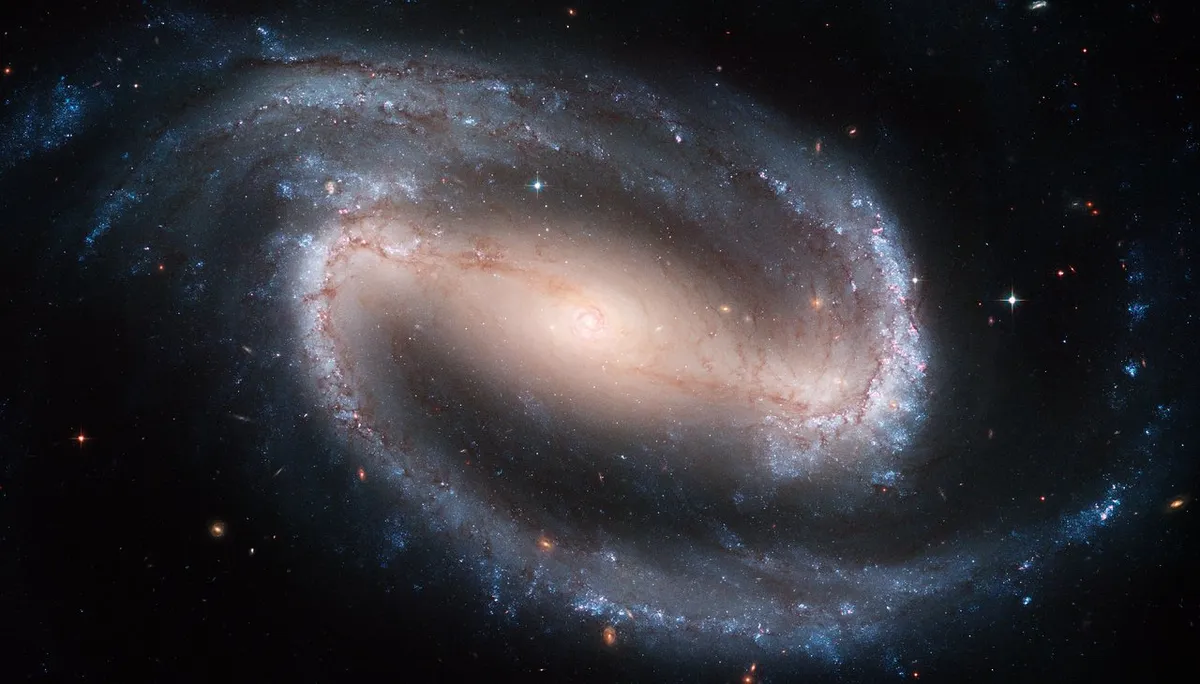The Night Sky Olbers has fascinated astronomers, scientists, and stargazers for centuries. Observing the darkness of the night sky raises profound questions about the universe and its structure. Why isn’t the night sky completely bright if there are countless stars scattered throughout space? This question, known as Olbers’ Paradox, remains one of the most intriguing mysteries in astronomy. The Universe Episodes provides a captivating exploration of the Night Sky Olbers, taking viewers on a journey through the cosmos to understand why the night sky is dark despite the abundance of stars.
Understanding Night Sky Olbers
The Night Sky Olbers paradox challenges our understanding of an infinite and eternal universe. If the universe were infinite and filled uniformly with stars, every line of sight should end on a star, making the night sky blindingly bright. Yet, when we gaze upward, the night sky remains mostly dark, revealing only scattered points of light from stars and galaxies. The Universe Episodes dives into this paradox, explaining how the finite age of the universe, cosmic expansion, and the nature of light play critical roles in resolving the mystery of the Night Sky Olbers.
Historical Background of Night Sky Olbers
The Night Sky Olbers has a rich historical background. It is named after Heinrich Wilhelm Olbers, an 18th-century astronomer who articulated this cosmic puzzle. Before Olbers, philosophers and scientists pondered why the night sky was dark despite countless stars. The Universe Episodes traces the history of this question, highlighting the contributions of astronomers and physicists who attempted to explain the Night Sky Olbers. Their discoveries about the universe’s age, structure, and the behavior of light have been instrumental in understanding this phenomenon.
The Role of Cosmic Expansion in Night Sky Olbers
One of the key explanations for the Night Sky Olbers involves the expansion of the universe. As the universe expands, distant galaxies move away from us, causing their light to stretch and shift to longer wavelengths. The Universe Episodes demonstrates how this redshift reduces the intensity of light from distant stars and galaxies, contributing to the darkness of the night sky. By examining cosmic expansion, viewers can see how the Night Sky Olbers paradox is intimately connected to the dynamic nature of the cosmos.
Finite Age of the Universe and Night Sky Olbers
The finite age of the universe is another crucial factor in the Night Sky Olbers mystery. The universe is approximately 13.8 billion years old, which means light from extremely distant stars and galaxies has not had enough time to reach us. The Universe Episodes illustrates this concept by simulating light travel across cosmic distances, showing that many stars remain invisible to our eyes due to the limitations imposed by the age of the universe. This explanation is central to resolving the paradox of the Night Sky Olbers.
Absorption of Light and Night Sky Olbers
Light absorption also plays a role in the Night Sky Olbers phenomenon. Interstellar dust and gas clouds absorb and scatter starlight, preventing it from reaching Earth. The Universe Episodes explores these cosmic obstacles, demonstrating how they obscure light from distant stars and contribute to the darkness of the night sky. The interplay between light emission and absorption is an essential aspect of understanding the Night Sky Olbers paradox and the structure of the universe.
Stars and Galaxies in the Night Sky Olbers
The Night Sky Olbers paradox is deeply connected to the distribution of stars and galaxies. While the universe contains billions of stars, they are not evenly spread across infinite space. The Universe Episodes showcases the clustering of galaxies, the gaps in cosmic structures, and the vast distances that separate celestial objects. This uneven distribution helps explain why the night sky remains predominantly dark, despite the immense number of luminous stars that populate the cosmos, resolving a key aspect of the Night Sky Olbers mystery.
Observing the Night Sky Olbers
Observing the Night Sky Olbers involves more than casual stargazing. Telescopes, satellites, and space observatories provide detailed insights into the stars and galaxies that contribute to the night sky’s appearance. The Universe Episodes highlights the tools and techniques used by astronomers to study light from distant celestial objects. By understanding these observations, viewers can appreciate the delicate balance between light emission, cosmic distances, and universal expansion that shapes the Night Sky Olbers.
Implications of the Night Sky Olbers
The Night Sky Olbers paradox is not just an academic curiosity; it has profound implications for cosmology. Resolving this mystery has led to a deeper understanding of the universe’s age, structure, and evolution. The Universe Episodes connects the dots between the darkness of the night sky and the broader principles of modern astronomy, including the Big Bang, cosmic microwave background radiation, and the expansion of space. By exploring the Night Sky Olbers, audiences gain a deeper appreciation of the universe’s vastness and complexity.
Experiencing the Night Sky Olbers Through The Universe Episodes
The Universe Episodes provides an immersive experience of the Night Sky Olbers, blending scientific explanations with stunning visualizations. Viewers can journey through galaxies, witness the birth and death of stars, and explore the cosmic structures that influence the darkness of the night sky. The series transforms abstract concepts into vivid narratives, making the Night Sky Olbers accessible and engaging for audiences of all ages. By watching these episodes, one can gain a profound understanding of why the night sky appears dark and the cosmic principles that govern our universe.
In conclusion, the Night Sky Olbers is a captivating paradox that challenges our perception of the cosmos. Through The Universe Episodes, viewers can explore the history, science, and implications of this mystery, gaining insight into the finite age of the universe, cosmic expansion, light absorption, and the distribution of stars. The series offers a remarkable journey across the universe, illuminating the forces and phenomena that shape the night sky. Understanding the Night Sky Olbers not only answers a centuries-old question but also inspires wonder at the complexity and beauty of the cosmos, encouraging ongoing exploration and discovery.



